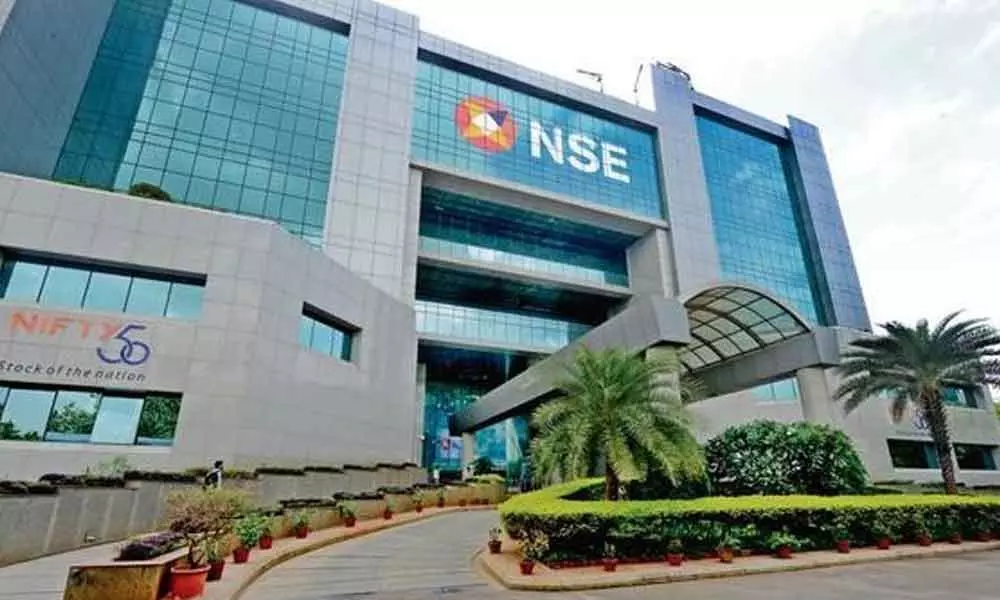Why is the NIFTY divergent to the actual economy?

In my last week’s post, I was referring to the lack of depth for index investing in India especially through the Exchange Traded Funds (ETF) and/or Index Mutual Funds (MF).
In my last week's post, I was referring to the lack of depth for index investing in India especially through the Exchange Traded Funds (ETF) and/or Index Mutual Funds (MF).
This article is a further explanation on the divergence of the Gross Domestic Product (GDP) and the leading benchmark equity index, NIFTY which also has not helped the investors' much.
In the US, during the last two decades and particularly post the Great Financial Crisis (GFC) of 2008, index investing has caught up greatly and has reached a level now, that for the first time in the history of equity fund management, the assets under passive form of (index) investment has overtaken the assets of the actively managed funds.
While the Indian GDP is growing at an average of around 6-7 per cent in the past decade, the average earnings of the NIFTY constituents remained a mere 4.3 per cent per annum.
When viewed in comparison, the US grew at an average of less than 2 per cent during the same period but the earnings of the S&P 500 companies (the US benchmark index) have reported earnings of almost double that of the Indian bourses on an average per annum.
So, what explains the divergence of NIFTY performance from that of broader economy?
Is it that NIFTY no longer represents the broader economy or the index participants have limited play in the actual economy?
Though, for the period in consideration, an investment in the NIFTY index has a respectable 15 per cent per annum on an average.
Of course, we could see very skewed and concentrated growth among the NIFTY constituents, especially in the last couple of years and the market-cap weighted index is not helping the cause either.
But if an equal weighted index portfolio would've fallen short of 8% annualized returns during the same period which has again unperformed the broader economy (nominal GDP) which grew about 12 per cent per annum.
Earlier in one of my posts, I've mentioned about considering different metrics to evaluate companies and also lack of availability of these stocks in the secondary markets.
The current trends are not just endemic to Indian economy but is consistent across the global economies.
The major drivers of the economy be it in the gross output or employment generation, has increasingly come from the shared economy.
Be it in the form of Uber/Ola (in mobility), Amazon/Flipkart (in retail), Oyo/Treebo (in hospitality), Zomato/Swiggy (food delivery), Paytm/PhonePe (in mobile payments), Delhivery, etc. (in logistics) and a whole lot of new categories through Grofors, Olx, Cars24, etc.
All these companies are at various stages of fund raising (private equity) and improving their toplines while penetrating into newer geographies.
One can't deny the rub-off effect of these companies on the overall economy but certainly are not directly captured for investors through the secondary markets.
Even the homegrown majors of tech/app-based innovators like Flipkart, Paytm, Oyo, etc. have remained unavailable to the broader markets or investors as they continue to
operate as private companies.
This has resulted in the inability of the secondary markets to provide a lower cost of capital than that of the private equity.
Moreover, the stock market regulations wouldn't really help the companies for listing as that would put scrutiny of the larger public on a quarterly basis.
Unlike this, in the PE (private equity) funding, the timelines and goals would completely be varied from that of those listed space.
The continuous spending to capture market share (like that of Amazon in the US) wouldn't be appreciated well by the Indian investors and can't stomach their unconventional cashflows.
The fact that nearly two-thirds of the NIFTY constituents have failed to give a return above the cost of capital hasn't augured well even for the large cap funds in the past two years.
The recent categorisation of the MF also has thrown a span in to the mix, making it harder for the investors to justify sticking to these investments.
The need of the hour is for the index to start to reflect the real economy so as to expedite the process of financialisation of the general public through passive investing.
(The author is a co-founder of "Wealocity", a wealth management firm and could be reached at [email protected])














